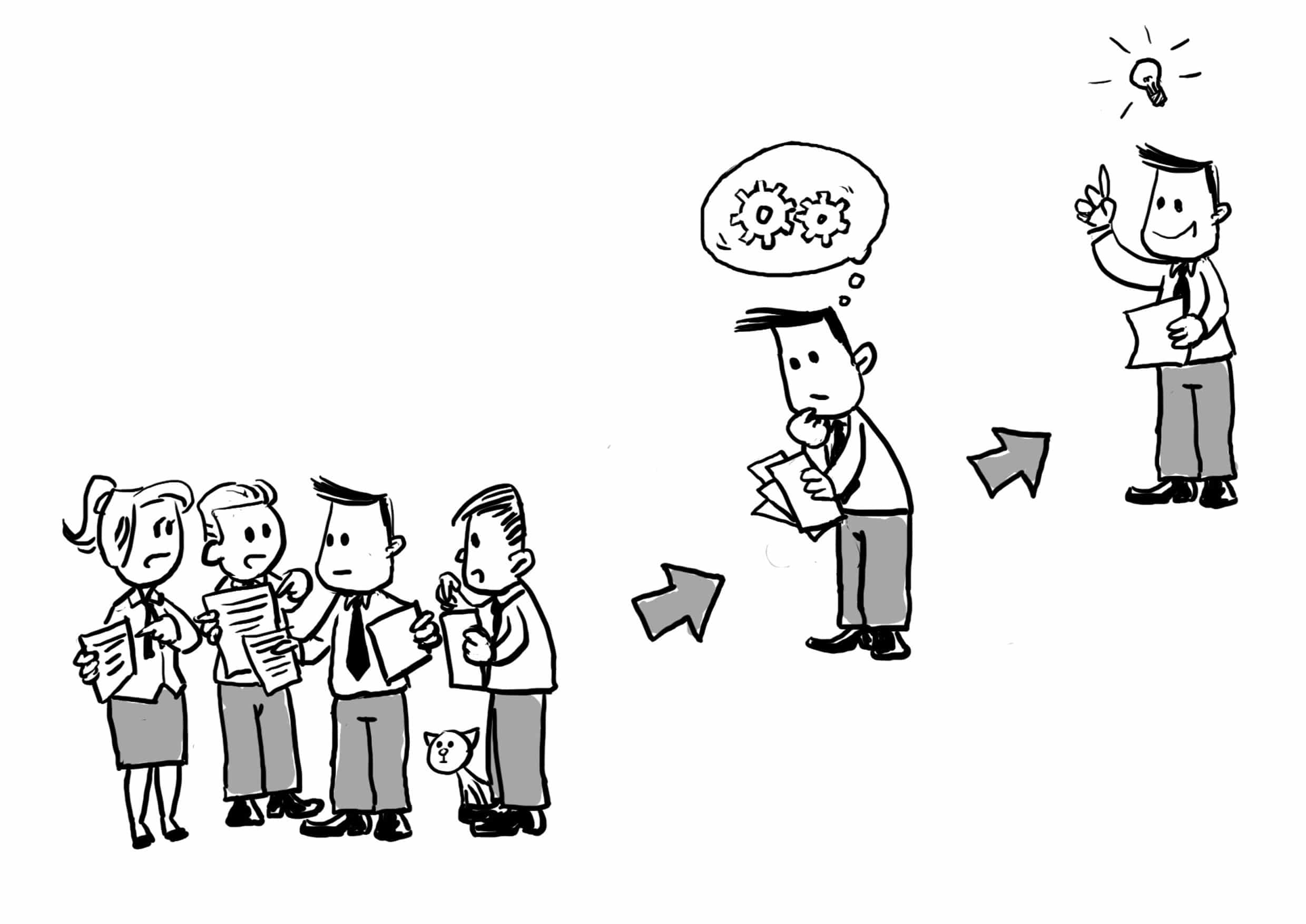As a customer-first strategist, I am frequently asked about customer centricity and the value it brings to a business when they adopt the strategy.
I, therefore, thought it would be useful to share the topics my clients ask me about most frequently and my responses to them. If you, too, have questions about customer centricity, I’m sure you will find the answers you’re looking for below. And if not, you can always DM me.
So you have questions about customer centricity?
Good to know! Let me start by saying that adopting a customer-first strategy can be daunting for any organization. You should, therefore, not dwell upon your reticence in the past. However, in today’s rapidly changing business landscape, it is more important than ever for you to prioritize customer centricity.
What is a customer-first strategy?
A customer-first strategy is an approach to business that prioritizes the needs and preferences of the customer. It means putting the customer at the centre of every decision an organisation makes, from product development to marketing and sales. Put simply, it involves a shift away from traditional product-focused strategies to a more customer-centric approach.
This means that it’s not just about providing good customer service; it’s about understanding your customers’ needs, preferences, and pain points, and then designing your products, services, and marketing strategies to meet those needs.
Why is a customer-first strategy important?
In today’s highly competitive marketplace, focusing on your customers is more important than ever before. You can no longer hesitate. Nor can you not make it a top objective for your organisation.
A customer-first strategy can help you build stronger customer relationships, increase customer loyalty and retention, and ultimately drive revenue growth.
By focusing on your customers’ needs and preferences, you can differentiate your brand from your competitors and create a sustainable competitive advantage. Isn’t that what we’re all searching to do?
A customer-first strategy is important because it can increase customer loyalty and satisfaction. When customers feel that a business truly understands their needs and is committed to meeting them, they are more likely to remain loyal to that business and recommend it to others.
In addition, a customer-first strategy can help businesses identify new opportunities for growth and innovation. By focusing on the customer, businesses can gain a deeper understanding of their market, and create products and services that truly meet the needs of their customers.
How do you implement a customer-first strategy?
To implement a customer-first strategy, you must start by understanding your customers. For me, this starts with simply watching and listening to them. I say “simply”, but this is one of the most powerful ways to not only know, but truly understand your customers and how your product or service fits into their lives.
Once you have done this, you can supplement your knowledge, if you have found gaps in it, by conducting market research surveys, collecting customer feedback, and analyzing customer data.
All the information you gather can be used to … Click to continue reading









